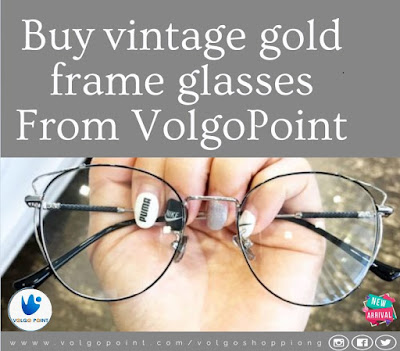Collecting Antique Wine Glasses
There is nothing very like tasting a fine wine from an antique wine glass, it in one way or another figure out how to make the wine taste shockingly better. The best old fashioned wine glasses can sell for some thousand pounds and are accordingly distant for most gatherers. On the off chance that you have antique wine glasses that have been passed on to you through the ages, you could be perched on a little fortune. There are an immense number of structures of antique wine glasses and it is difficult to show them all, yet here are a few models
Early glasses
Glass has been utilized as the material for drinking vessels since old Roman occasions, if not prior. Glass is effortlessly cleaned, reusable and sterile and has never left design. All through the Middle Ages glass plans turned out to be increasingly differed, especially enriching ones made in German talking zones.
Similarly, as with most collectibles, the standard is the previous the date of production the more costly it becomes. At the top finish of the market, you will discover the delightfully made sixteenth and seventeenth-century Venetian challenges, enhanced with filigrana bowls. The cup was no customary household or bar drinking vessel, it was regularly bigger than typical drinking glasses and at times with silver or silver-plated spread. Charles was given as presents and once in a while engraved to stamp a specific occasion. They are, subsequently, exceptionally looked for after today and costs are high.
Balusters
Not many drinking glasses were made in England before the late seventeenth century. The Low Countries and Venice were the principal zones of industry. In any case, by 1675 George Ravenscroft created lead glass and step by step English styles showed up on the scene. The baluster configuration was perhaps the soonest model and was mainstream from around 1690 to 1720. Numerous individuals consider the baluster the perfect work of art of English glass making and they have become long-lasting top picks with gatherers, because of the streamlined straightforwardness of structure and virtue of the glass.
Baluster glasses are overwhelming and even in structure. The stems have at least one knops and the feet are either domed or cone-shaped, collapsed to include additional quality and security. The structures were enlivened by contemporary elaborate furnishings. Knops on early balusters are generally plain, yet progressively expound structures developed during the eighteenth century - the 'chamber' and 'egg' structures are considered the rarest and in this way the most important of these. Be that as it may, veritable baluster glasses are once in a while brightened. In the event that you run over a baluster glass with engraved embellishment, all things considered, it was included after the glass was at first made.
Balusters may not get as high a cost as Venetian cups, however, despite everything don't come modest - you would need to pay a few thousand pounds. They draw in such significant expenses in light of the fact that numerous substantial glasses were softened down after the 1745 Excise Tax on clear lead-precious stone, so they are uncommon discovery these days.
Jacobite
From the eighteenth century, an enormous number of English wine glasses are produced using lead glass. This is the point at which the cutting edge plan of wine glass started to come to fruition - bowl, stem, and foot. One of the most collectible structures are wine and brew glasses engraved with Jacobite themes, songs and mottoes about the Stuart relatives of King James II. Post for etchings, for example, roses and butterflies - Jacobite images, demonstrating that it was made for a supporter of James Stuart and his child, Charles Edward Stuart. There are likewise oak tree images, leaves, thorns, overlook me-nots and daffodils - all related to Charles II. These glasses are looked for after by gatherers and as a rule, get costs from £2,000 upwards.



Comments
Post a Comment